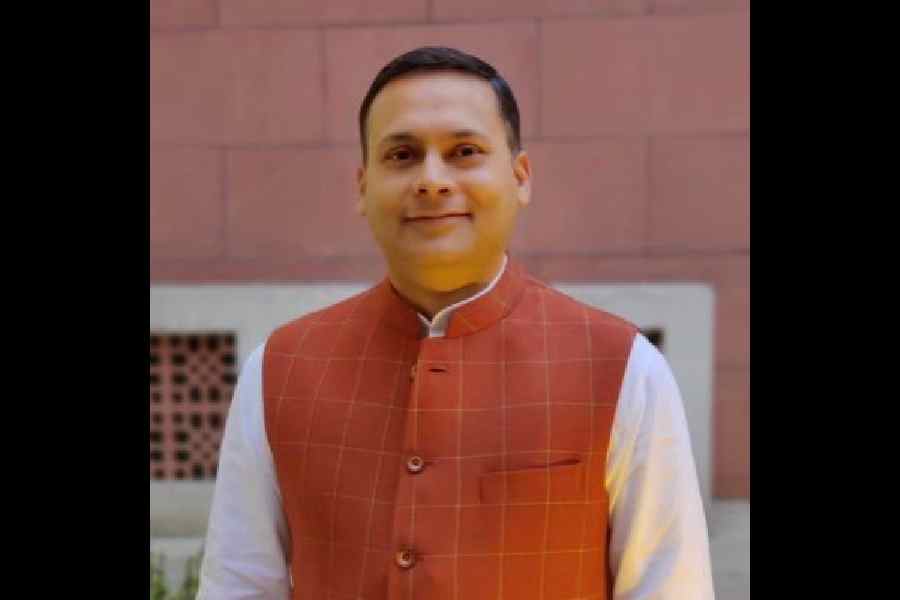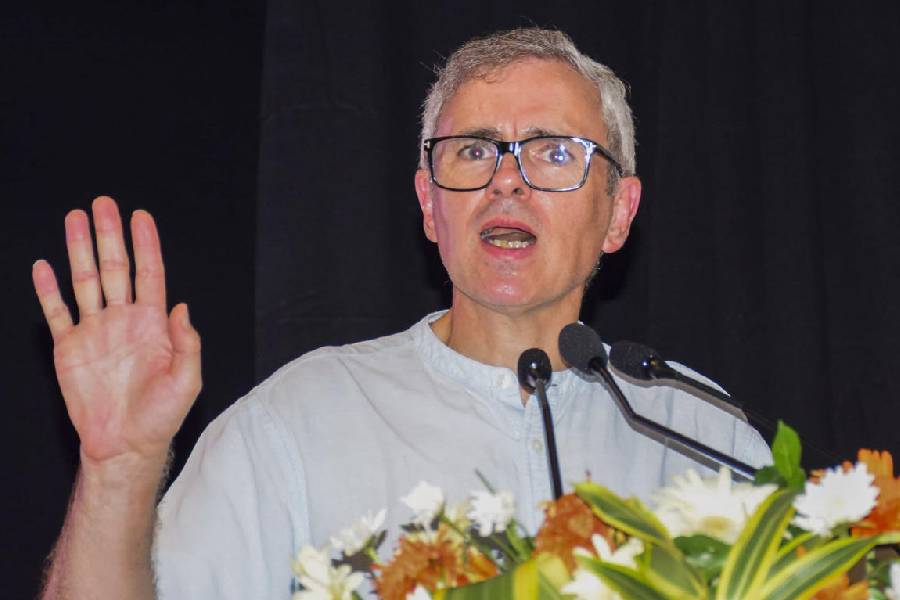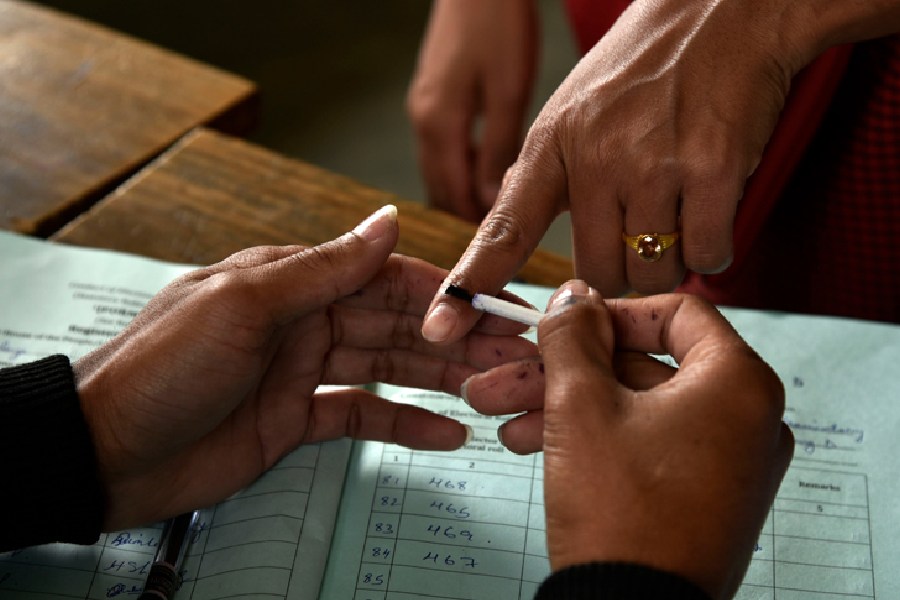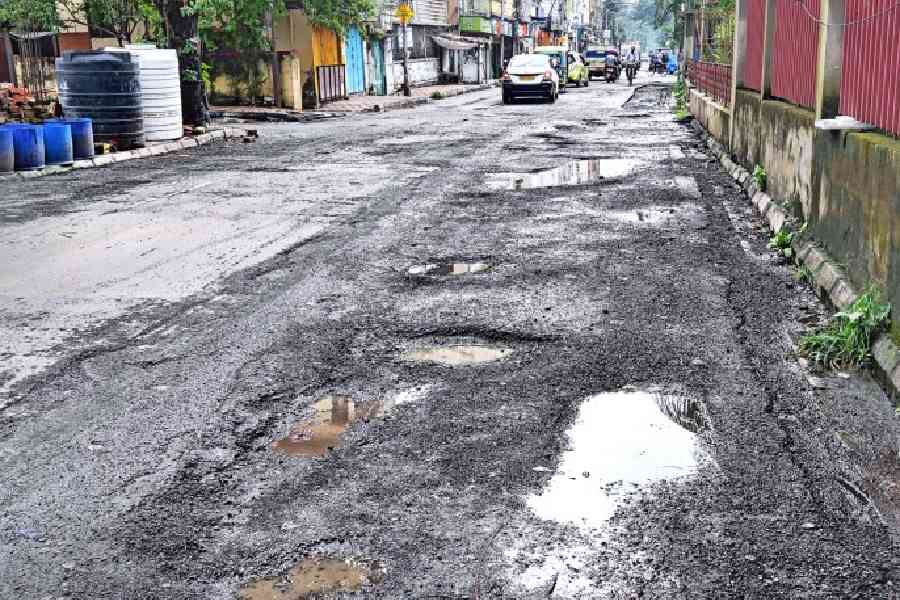 |
An eye check-up and awareness camp was held in AB Block recently where doctors came down from Susrut Eye Foundation & Research Centre and addressed the gathering. The meet was organised by Bidhan Nagar Maheshwari Sabha.
“We hold medical camps from time to time but this is our first eye camp,” said chairman of the group’s social welfare committee Y.K. Behani. “We appealed to members to donate their eyes after death and nearly 100 of them have pledged to do so today.”
Need to donate
Eye specialist Dr Hari Shanker Nag explained that there are around 15 million blind people in India, out of whom 4.6 million are corneally blind. At present eye transplant can revive sight only in those who are blind due to problems with the cornea. Since there are roughly 8 million deaths in the country every year, all of the corneally blind could have their sight restored if everyone pledged to donate one’s eyes.
“There is a long waiting list of people awaiting eyes, to the extent that we use two eyes of a deceased for transplanting in two different people,” said Dr Nag.
There is no age restriction for donating eyes and eyes can be donated even if a person wears glasses, has cataract or glaucoma. It is only if the person dies of infections like septicaemia or hepatitis that eye donation is ruled out.
After a person’s demise, his family members are to call the eye bank which will send a team to come and remove the eyes from the body. It is a simple 20-minute procedure that can be done at the patient’s house but it has to be done within six hours of death. The person’s face is not disfigured after the removal and there is no delay in funeral procedures.
The number of eye transplant surgeries at Susrut Eye Foundation & Research Centre depends on the donation they receive. “Sometimes we conduct 10 such surgeries a month and sometimes just two,” said a hospital official.
Word on cataract
Dr Nag also explained that cataract, or the clouding of the eye’s lens, is the leading cause of blindness. “It is caused by advancing age, injury or as side effect of other medical conditions,” he said.
Symptoms of cataract include blurred vision with decreased brightness, seeing multiple images instead of one and excessive glare from lights. For instance, a person could find the headlights of an approaching car unbearably bright.
There are a number of treatments for cataract such as surgery and non-blade options like laser and phacoemulsification. But the doctor emphasised the need to get cataract treated at the earliest. “Many patients are reluctant to get it operated, saying that it is not that severe yet. But they need to get it done before it gets severe and starts affecting their daily life,” said Dr Nag.
Glaucoma & its types
Dr Nilay Kumar Majumdar described glaucoma as a silent disease, since it is usually undetectable in the early stages. There are four types of glaucoma —
Chronic glaucoma - This is the commonest type of the disease and it shows no symptoms in the beginning. Later on, the patient could be changing the power of his glasses frequently or his range of vision could be narrowing down making it tough for him to walk.
Acute glaucoma - This causes blurred vision or rainbow vision if the patient looks towards light.
Congenital glaucoma - This occurs in children.
Secondary glaucoma - This occurs as a result of other diseases.
Those with a family history of glaucoma must be alert, particularly after the age of 40. Those with myopia, diabetes, hypertension, hypothyroidism, neglected cataract and those who have used steroids for long are also susceptible.
There is no treatment to cure glaucoma but medicines, laser treatment and surgery can stop further damage.
Vision problems in kids
Senior paediatric surgeon Dr Anuradha Chandra asked parents to take eye problems in their wards seriously. Common problems among children can be red eyes, frequent blinking, being unable to read the blackboard from their seats, having to go very close to the TV set to see it. “White reflex in the black of the child’s eye could be cataract. If this occurs in children it could lead to several other complications. For all these symptoms, the child should be taken to a doctor immediately,” she said.
Dr Chandra also spoke of amblyopia. This happens when a child is not comfortable despite getting new spectacles. “In such a case it is possible that the child had power from long before he got the glasses. He needs to do eye exercises to get relief.”
A squint should also be tested by a doctor as it could be due to a tumour in the eyes. “Also, premature babies have a higher chance of eye problems as they have been born before the eyes developed fully. So the doctor must conduct thorough check-up to ensure normalcy,” said the doctor.
gift of sight
To pledge your eyes or to donate the eyes of a deceased family member (whether previously pledged or not), call Susrut Eye Foundation & Research Centre at 23580201 (24 hours). The eyes have to be collected within six hours of death.
Get eyes of children, aged one year to 14 years, tested free at the centre on September 1, 10am to 2pm. Free consultation will be offered for retina problems of adults. Call 9836899741 for queries.










